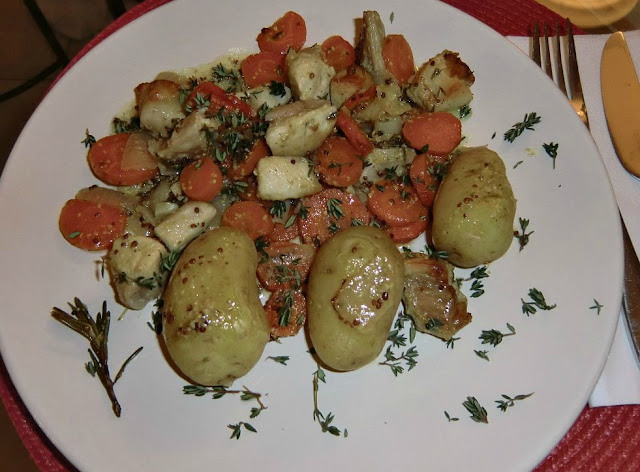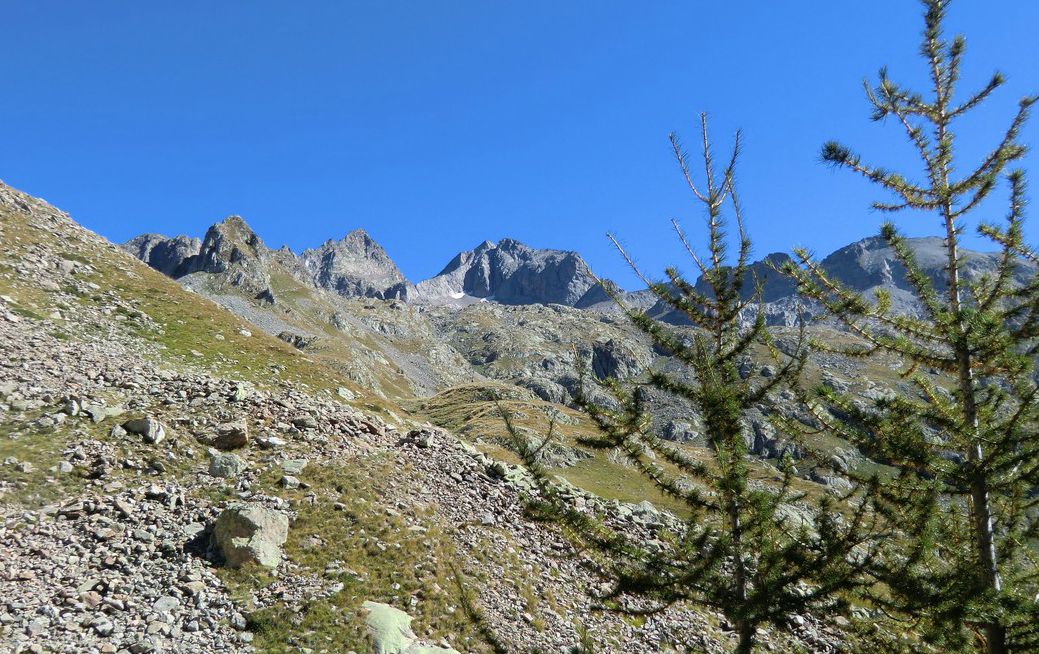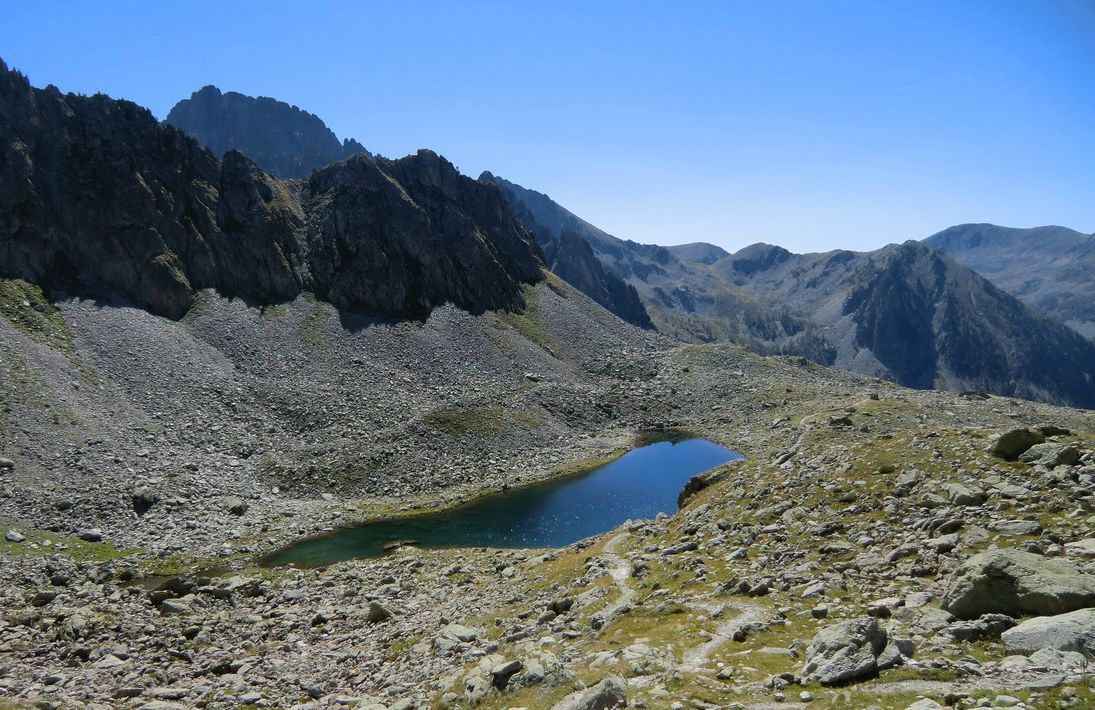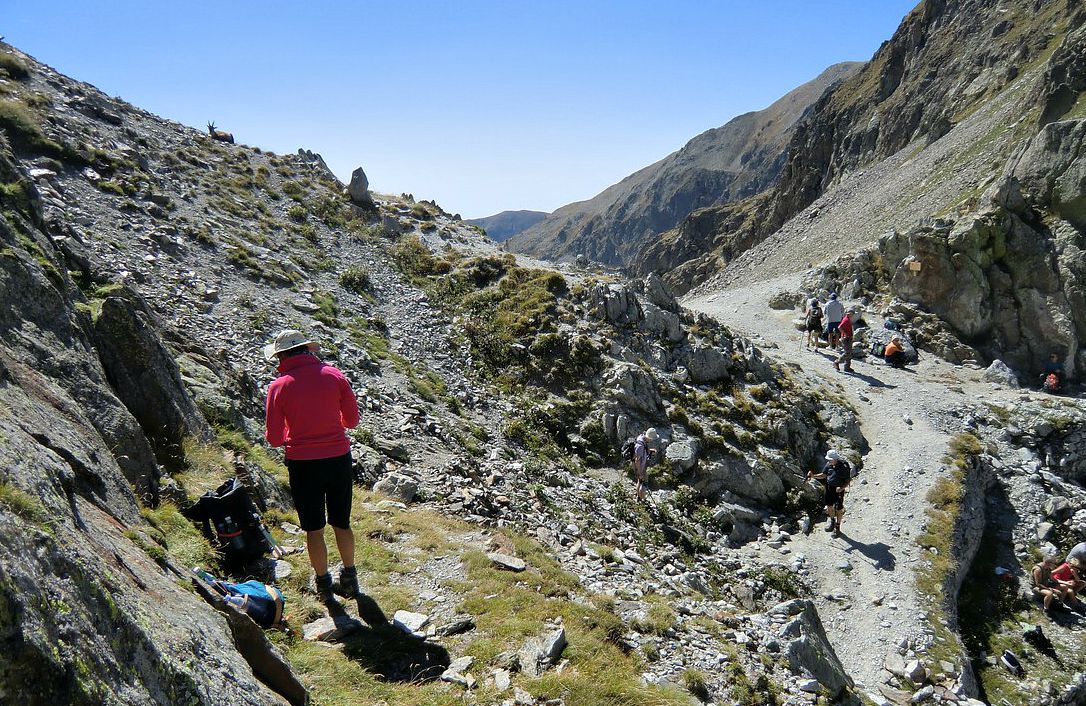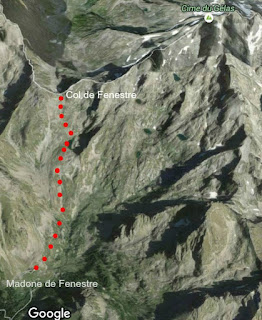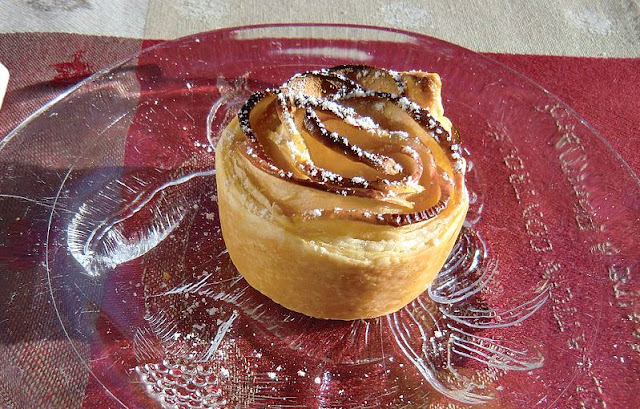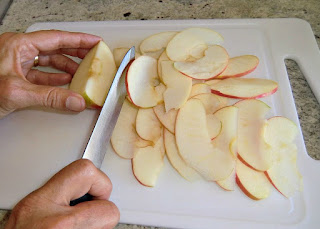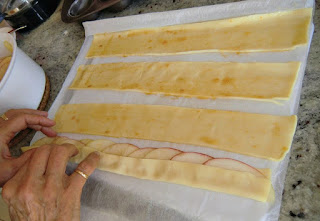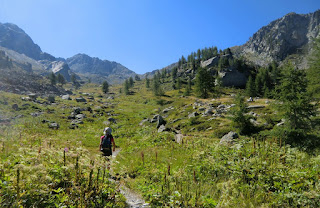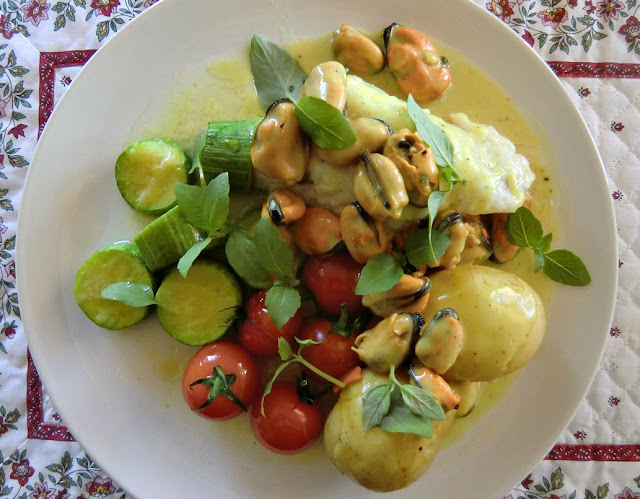Rabbit with carrots
Rabbit has traditionally been as familiar on the table as chicken or duck in the Mediterranean countries. Lapin à la moutarde, rabbit with savory mustard sauce, is a very typical French recipe.
The following simple recipe is a twist of this French classic. Somehow the carrots, fresh thyme, rabbit and grainy mustard, moutarde à l’ancienne, wonderfully complement each other in this recipe.
Rabbit is very low in fat. For convenience I have used rabbit fillets which are easy to cut into smaller chunks. The recipe can also be made of skinless chicken breast cut into smaller chunks.
2 servings
About 300 g rabbit fillets, cut into about 2,5 x 2,5 cm chunks
3 carrots, sliced
1 medium onion, chopped
1 clove garlic, minced
2 tbsp rapeseed oil
1 ½ tbsp grainy mustard, moutarde à l’ancienne
200 ml chicken stock
50 ml white wine
A small bouquet of fresh thyme
2 bay leaves
Freshly ground black pepper
Slice the carrots and microwave until almost soft.
Wash and dry the thyme and remove the leaves from the sprigs.
Preheat the oven to 180⁰ C.
In a heavy casserole warm the rapeseed oil over medium heat. Cut the rabbit fillets into smaller chunks. Peel and chop the onion, peel and mince the garlic. Add the rabbit, onion and garlic in the casserole and fry for about 10 minutes stirring frequently until the rabbit chunks are golden brown on all sides. Add the white wine, carrots, mustard, black pepper and chicken stock. Add half of the thyme leaves, save the rest for the decoration. Stir and transfer the casserole to oven for 40 minutes.
Serve with new potatoes and Brussels sprouts or green beans. Decorate with fresh thyme leaves.


